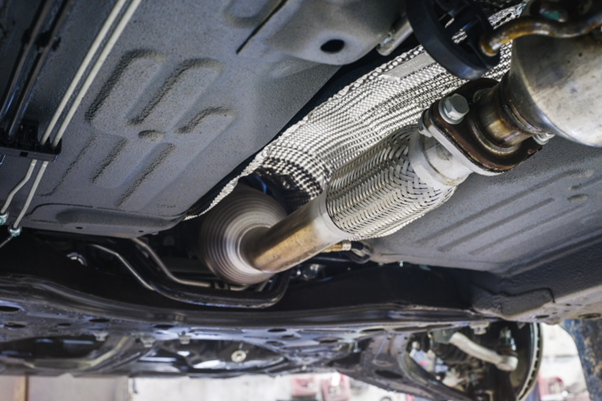Understanding Your Vehicle's Exhaust System: Components and Maintenance

Your vehicle's exhaust system plays a crucial role in ensuring the optimal performance of your car while also safeguarding your health and the environment. It is composed of a network of intricate pipes and components and performs four essential functions: capturing engine gases, eliminating harmful pollutants, reducing noise, and expelling gases away from passengers. Knowing the functions of this system empowers you to detect potential issues and make informed decisions about seeking professional assistance.
The Core Elements of an Exhaust System
A standard exhaust system has several integral parts interconnected through sturdy metal tubes. These components are the exhaust manifold, catalytic converter, muffler, and tailpipes. Together, they facilitate the exhaust process and enhance both vehicle efficiency and environmental responsibility.
Exhaust Manifold: The Starting Point
The exhaust journey starts with the exhaust manifold or header. It's connected to the engine and collects gases from burning gasoline in the cylinders. This manifold is made of pipes with flanges and seals to the engine's exhaust ports.
Catalytic Converter: Purifying Emissions
After leaving the manifold, waste gases move through connected pipes to the catalytic converter. In this part, the gases, containing harmful compounds like carbon monoxide, nitrogen oxide, and hydrocarbons, go through a change. The converter holds valuable metals such as palladium, rhodium, and platinum. When the gases interact with these metals, a chemical reaction removes around 90 percent of the toxic elements, making the emissions much less harmful.
Muffler: Attenuating Noise
Next, the purified gases travel to the muffler using a specific path. This special chamber, known for its oval or cylinder shape, plays a vital role in reducing the engine noise. Inside the muffler, there are carefully arranged tubes that control the sound waves as they pass through. It's important to note that mufflers could sometimes cause backpressure because the gas flow slows down when entering, which might impact the vehicle's performance.
Tailpipes: Discharging Cleaned Air
Once the gases have undergone purification and noise reduction, they go through the tailpipes, leading to the vehicle's rear. This is where the exhaust gases are expelled into the atmosphere, ending their journey through the exhaust system.
Signs Indicating Exhaust System Inspection
The exhaust system's vital role in maintaining both vehicular functionality and passenger well-being requires prompt attention when signs of malfunction arise. Seeking professional assessment is important if any of the following symptoms manifest:
- Unusual Vibrations: If your vehicle vibrates excessively, it might have exhaust system issues that need fixing.
- Reduced Power: If your engine's power noticeably decreases, it could mean exhaust system problems that require a mechanic's check.
- Higher Fuel Usage: A sudden and unexplained increase in fuel consumption could be linked to exhaust system issues.
- Strange Exhaust Smoke: Thick or discolored smoke coming from the exhaust could point to underlying problems needing immediate attention.
- Sounds: Different noises like rumbling (possible exhaust leak), thumps or clunks (often from a damaged muffler), and loud clattering (potential catalytic converter issue) should be addressed promptly.
A failing exhaust system poses critical health concerns. If you suspect damage to your car’s exhaust system, have it checked by your trusted mechanic right away.